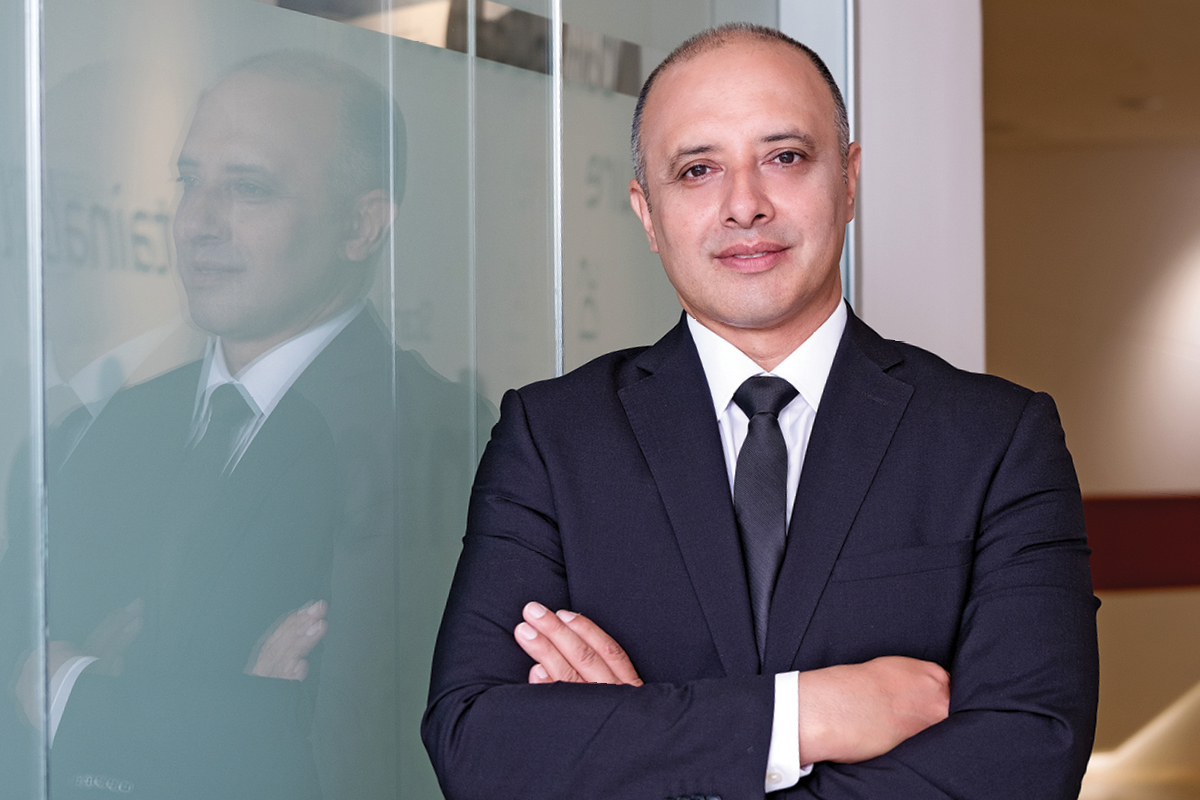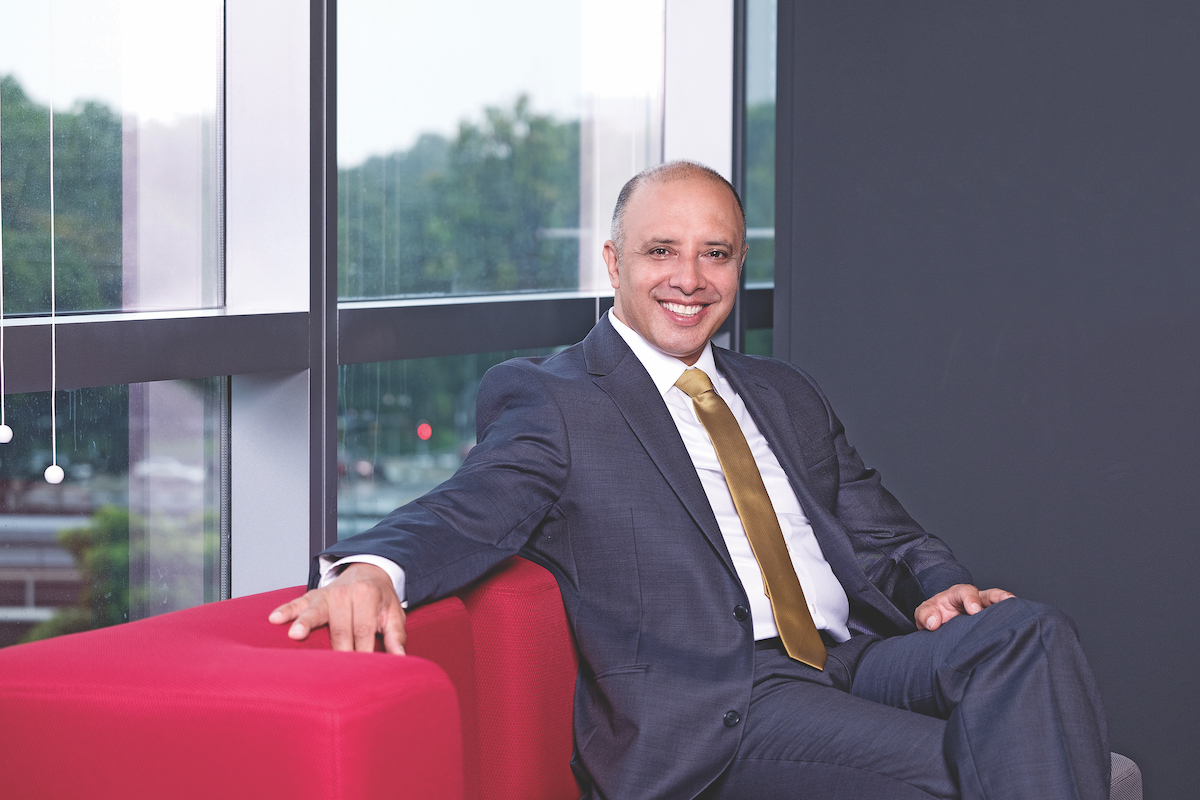Eastman Chemical Company’s Vice President and Managing Director for Asia-Pacific, Gulferaz Ali, places a high value on curiosity. “I’m naturally curious about people,” he tells The CEO Magazine, and adds that, every day, he makes a point of trying to speak to someone he wouldn’t usually need to. He feels energised by the learning potential such encounters present. “Everyone has some kind of story to share,” he points out.
One imagines that Gulferaz must have come across a great many stories over his career. Starting out as an engineer, rigging control systems for aircraft, he spent a period in R&D but quickly decided it was “too structured for me”. He gained experience in sales and marketing at an industrial automation company before moving into human resources, where he stayed for more than 10 years.
Gulferaz officially took on the role of managing director and vice president for Eastman Asia Pacific in 2016, after a turbulent period that saw a dramatic drop in the price of oil, one of the most important raw materials in the chemical industry. Now, he believes Asia–Pacific is the region for him. The company is seeing growth across all regions and “Asia plays a key role”.

A secret sauce
Eastman has used its talent in the area well, and Gulferaz notes the importance of “having the right people in the right roles to be able to capitalise on the market opportunities available in the region”. The firm remains at the top of its industry thanks to its dedication to attracting and retaining talent. As Gulferaz notes, in a “very aggressive market, we invest more than our peers, and certainly more compared with other industries, in knowledge and development”.
He is infectiously enthusiastic about Eastman’s business model. With almost 100 years of experience in producing chemicals, the company’s technology platforms are “world-class”. The other side of the model involves “making a concerted effort to understand customer needs”, he adds. “This involves determining which segments we want to be in, which core segments are in line with our strategy.”
Connecting technology, on one side, and customer needs on the other, is Eastman’s application development process, a differentiator Gulferaz refers to as its “secret sauce”. “We have the technology; being able to take that technology and address the customers’ needs with it is what we call application development.” This stems from the decision to take Eastman from a commodity and product-type company to a specialty one. “Specialty, by its very nature, involves solving customer needs, and that’s the direction we’ve been moving in,” says Gulferaz. “Having application development capability was essential to that journey.”

Going beyond its business model
Eastman’s strengths go beyond its business model, however, and Gulferaz mentions Focused Good for Good, the corporate responsibility initiative concentrating on education, the environment, empowerment and economic development. “On the environment front, I’m pleased to say we are very active.”
Gulferaz points to a recently launched product, Naia™, a cellulosic yarn sustainably made from wood pulp. Sustainably produced products provide environmental, social and economic benefits while protecting public health and the environment over their whole life cycle. “We’ve made sustainability a core part of our strategy,” he says and, in 2017, Eastman’s sustainability efforts in China were rewarded with the Association of International Chemical Manufacturers’ Responsible Care® Chairman’s Award.
“We’ve made sustainability a core part of our strategy.”
Gulferaz adopts a simple leadership philosophy, one that involves “making sure that you help create a vision but, more importantly, that you help translate that vision into a reality”. He admits that he is “on a steep learning curve” in terms of knowing all there is to know about the chemical industry. In the meantime, “I surround myself with good people who have the ability and the knowledge, and I make sure I can help them with the passion.” Equally important to his philosophy is diversity.
“Diversity gives rise to different ways of thinking,” he says, “and different ways of seeing and doing things.” This is something Gulferaz undoubtedly has an abundance of firsthand experience in, given his commitment to learning everything he can from often unexpected sources.


